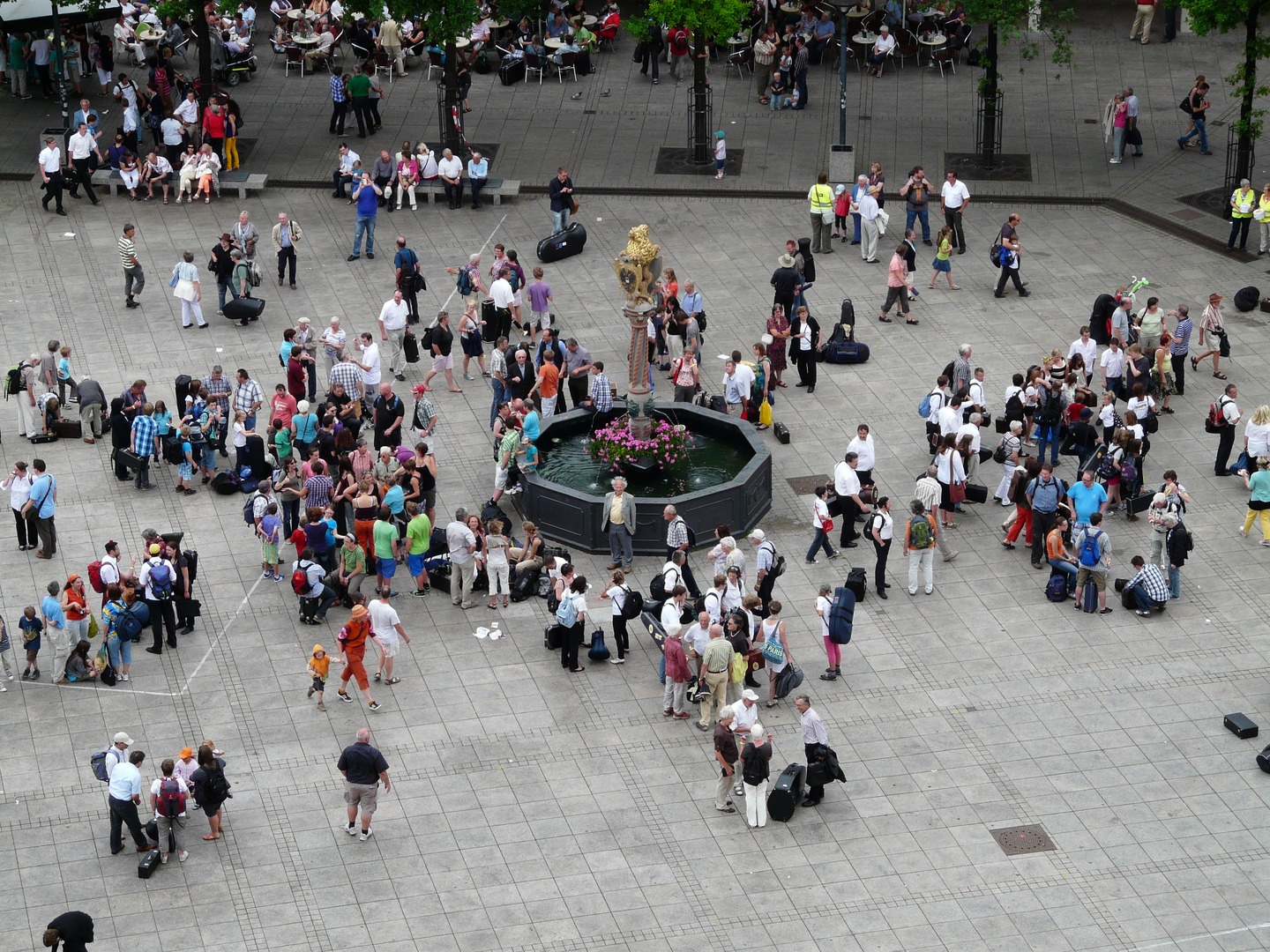Since the pandemic was declared all Australian states have gone into various levels of lockdown.
Now that the country is cautiously optimistic that the curve has been flattened, the big question is how and when we will come out of isolation?
Several states have already started relaxing physical distancing laws, while others are holding firm.
So what are the laws as they currently stand?
These are the laws as of Tuesday 28 April. This article will be updated as new restrictions are implemented or repealed.
Queensland
Queensland was one of the first states to announce an easing of restrictions.
Previously residents were only allowed out of their home for one of eight essential – reasons including obtaining essential goods or services, receiving medical attention or caring for family members.
However, on Saturday 25 April premier Annastacia Palaszczuk announced that Queenslanders would now be able to shop for non-essential items. Picnics and weekend drives are now allowed, and national parks will reopen on Saturday 2 May.
However, residents must not travel further than 50km from their homes, and the “two-person rule” is still in effect.
This means if someone leaves their house they can be joined by only one other person or the members of their household, and physical distancing requirements must still be observed.
In early April Palaszczuk said that the inside the home a household was allowed two additional guests.
Palaszczuk said this amendment is intended to help families who may not all live in the same home to stay connected. She also clarified that those who live alone are allowed two social guests.
Queensland police officers are still able to issue on-the-spot fines of $1,334.50 for individuals and $6,672.50 for corporations who breach these laws. The maximum penalties available through the courts are 10 times those amounts.
From 3 April, Queensland’s borders were closed to everyone except residents and essential workers, including freight carriers and emergency workers. This includes erecting barriers in the Gold Coast suburb of Coolangatta, which straddles both Queensland and NSW.
These border restrictions remain in place.
There are some exemptions for those who regularly cross the Queensland-NSW border for work.
New South Wales
NSW had some of the strictest lockdown laws in the country, but an announcement by premiere Gladys Berejilklian on 28 April, eased them significantly.
From Friday 1 May, two adults and the children in their care are allowed to visit another person’s home. These visits must be for “care” reasons, however, the NSW definition or care will be significantly broadened. A spokesperson from the premier’s office told Guardian Australia that visiting friends would be considered beneficial for mental health and would, therefore, constitute “care”.
There are no limits on how many guests someone is allowed per day as long as there are no more than two adults at a time. Details on how far residents are allowed to travel are still to come.
Berejilklian has also encouraged retails stores to open and NSW residents to shop as long as physically distancing can be maintained.
While the number of people allowed in a home has been increased the two-person gathering limit remains in place when in public spaces.
Other than these changes, residents are still required to stay in their homes unless they have a “reasonable excuse” for leaving.
“Reasonable excuses” are broadly categorised as:
Obtaining food or other goods and services
Travelling for the purposes of work or education if the person cannot do it at home
Exercise
Medical or caring reasons


